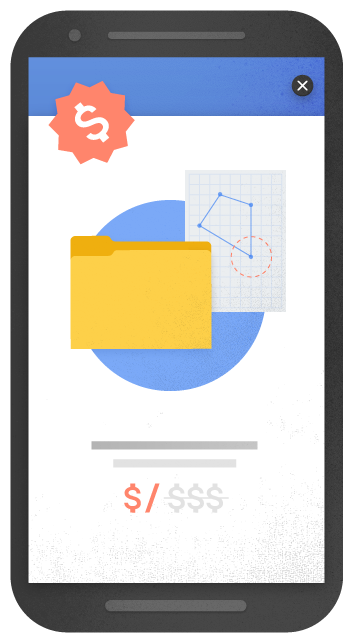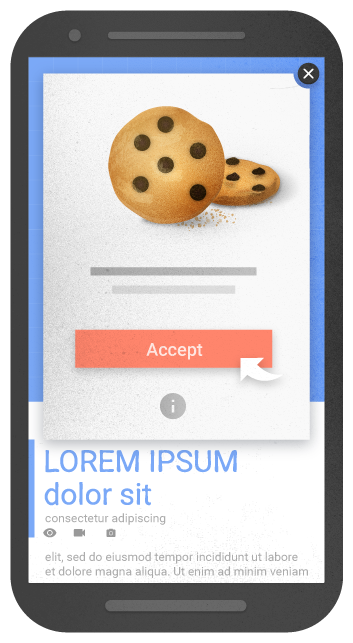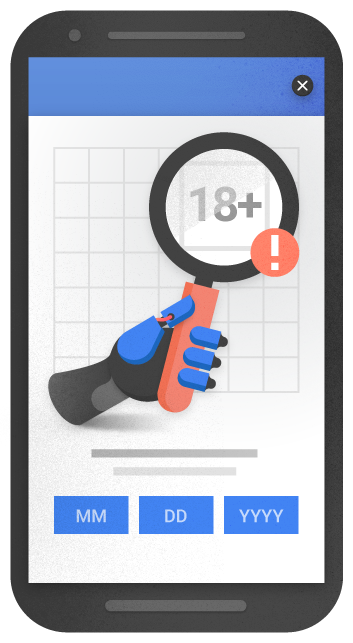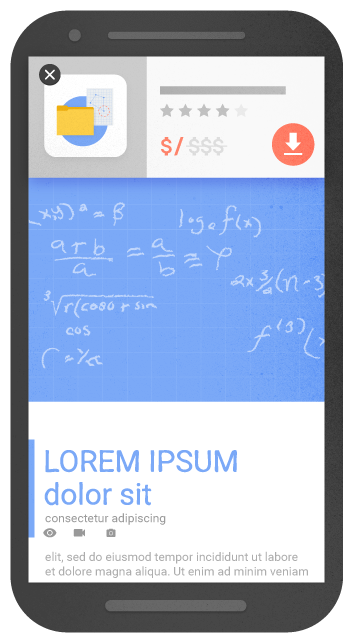Starting January 10, 2017, Google will start to penalize sites that have intrusive popups.
Google’s intent has always been to provide the most relevant results and it goes through great lengths to make sure that happens. When you search on Google, they use advanced algorithms with hundreds of criteria to deliver exactly what you’re looking for.
Popups are annoying
Here is what Google has to say about the change:
Pages that show intrusive interstitials provide a poorer experience to users than other pages where content is immediately accessible. This can be problematic on mobile devices where screens are often smaller. To improve the mobile search experience, after January 10, 2017, pages where content is not easily accessible to a user on the transition from the mobile search results may not rank as highly.
Here are some examples of techniques that make content less accessible to a user:
Showing a popup that covers the main content, either immediately after the user navigates to a page from the search results, or while they are looking through the page.
Displaying a standalone interstitial that the user has to dismiss before accessing the main content.
Using a layout where the above-the-fold portion of the page appears similar to a standalone interstitial, but the original content has been inlined underneath the fold.
Examples of interstitials that make content less accessible

An example of an intrusive popup

An example of an intrusive standalone interstitial

Another example of an intrusive standalone interstitial
By contrast, here are some examples of techniques that, used responsibly, would not be affected by the new signal:
- Interstitials that appear to be in response to a legal obligation, such as for cookie usage or for age verification.
- Login dialogs on sites where content is not publicly indexable. For example, this would include private content such as email or unindexable content that is behind a paywall.
- Banners that use a reasonable amount of screen space and are easily dismissible. For example, the app install banners provided by Safari and Chrome are examples of banners that use a reasonable amount of screen space.
Examples of interstitials that would not be affected by the new signal, if used responsibly

An example of an interstitial for cookie usage

An example of an interstitial for age verification

An example of a banner that uses a reasonable amount of screen space
Source: Google Blog